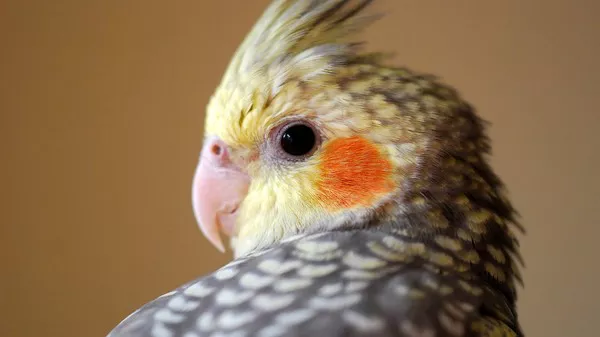Cockatiels, with their charming personalities and beautiful plumage, are popular pet birds known for their delightful companionship. If you’re a cockatiel owner or enthusiast, it can be intriguing to determine the gender of these feathered friends. While it may seem challenging at first, there are several reliable methods to identify the sex of a cockatiel. In this comprehensive guide, we will explore various techniques, including visual cues, behavioral differences, and DNA testing, to help you confidently determine whether your cockatiel is male or female.
Visual Cues
Visual cues can provide valuable insights into the gender of a cockatiel. Although not always definitive, certain physical characteristics are more commonly associated with one sex over the other.
Crest Appearance: Males typically have brighter, more pronounced crests compared to females. Their crests often stand tall and erect, while female crests tend to be shorter and more rounded.
Face Coloring: Male cockatiels usually have vibrant, solid-colored faces, with bright orange cheek patches. Females, on the other hand, tend to have paler faces, and their cheek patches are typically muted or have a hint of yellow.
Tail Feathers: Examining the tail feathers can also provide clues. Male cockatiels generally have long, slender tail feathers, while females have shorter and wider tail feathers.
Behavioral Differences
Observing behavioral differences can further assist in determining the gender of your cockatiel. These distinctions may manifest in vocalizations, body language, and territorial tendencies.
Singing and Vocalizations: Male cockatiels are more prone to singing and mimicking sounds. They often display a repertoire of whistles and melodic tunes. Females, on the other hand, tend to be less vocal and typically have a more limited range of vocalizations.
Head-Bobbing and Courtship Displays: Male cockatiels engage in head-bobbing and elaborate courtship displays as a way to attract females. They may also engage in wing-flapping and dancing motions to demonstrate their readiness to mate. Females, on the contrary, exhibit less pronounced courtship behaviors.
Territorial Behavior: Male cockatiels can display territorial behavior, such as fiercely guarding their cage or claiming specific areas as their own. They may become more protective and vocal when they perceive a threat. Female cockatiels generally exhibit less territorial behavior.
DNA Testing
For those seeking a definitive answer, DNA testing provides the most accurate method of determining the gender of a cockatiel. DNA testing involves a simple blood or feather sample, which is sent to a laboratory for analysis.
Avian DNA tests examine the genetic material of the bird to identify specific sex chromosomes. The most common method is polymerase chain reaction (PCR), which amplifies the DNA and allows for accurate sex determination.
DNA testing is a reliable option for breeders or those who require certainty in identifying the gender of their cockatiel. It is particularly useful when visual cues and behaviors do not provide a clear indication.
Consulting an Avian Veterinarian
If you find it challenging to determine the gender of your cockatiel using visual cues or behaviors, or if you prefer expert confirmation, consulting an avian veterinarian is highly recommended. These professionals have experience in avian care and can perform specialized examinations or DNA testing to determine the gender of your cockatiel accurately.
Conclusion
Identifying the gender of a cockatiel can be an exciting and rewarding endeavor for pet owners and avian enthusiasts. By observing visual cues, noting behavioral differences, and, if necessary, pursuing DNA testing or consulting an avian veterinarian, you can confidently determine whether your cockatiel is male or female. Remember, understanding the gender of your cockatiel not only deepens your bond with these fascinating birds but also assists in providing appropriate care and addressing their unique needs. Enjoy the journey of unraveling the mystery of your cockatiel’s gender and cherish the special relationship you share with your feathered friend.
Recommended reading:


























